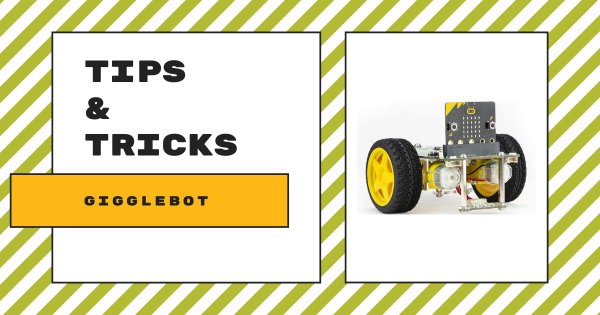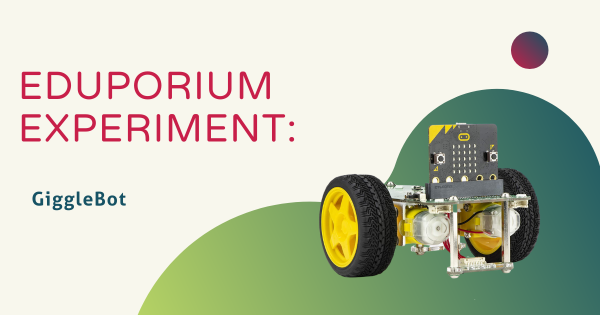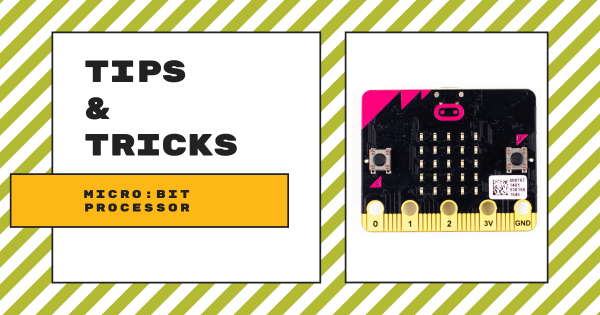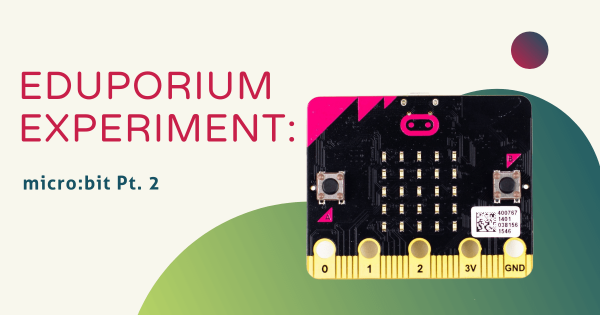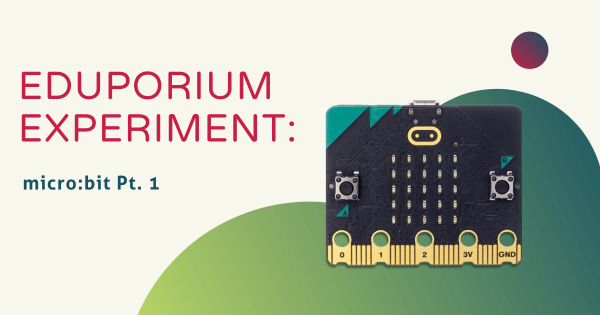Once again, we’re excited to share some news about the latest recipient of the Eduporium EdTech grant for the month of June! For the latest grant, we have chosen Sam Yancey, who’s a longtime gifted education teacher in the Haywood County School District in North Carolina! Sam is an avid lover of STEAM education and has used an extensive list
micro:bit
The micro:bit V2 is invaluable in coding and STEAM education, offering kids a hands-on platform to explore, experiment, and innovate. With its compact size, affordability, and versatility, it has helped revolutionize teaching computer science and STEM concepts, empowering children to become technology creators rather than just consumers. One of the greatest features of the micro:bit V2 is its accessibility. Designed with simplicity in mind, the micro:bit V2 is accessible to all students, from elementary schoolers to seasoned programmers. Its intuitive block-based interface, supported by both MakeCode and Python, helps students quickly grasp coding concepts and unleash their creativity. Plus, it features a built-in accelerometer, compass, and a temperature sensor, opening up opportunities for hands-on experimentation and real-world applications.
-
Tips & Tricks | Dexter Industries' GiggleBot
The GiggleBot is the main component of this micro:bit-powered robot and construction kit. It boasts a variety of programmable features, including its brightness sensor, LEDs, motors, and a line following device. Children can assemble it in as little as five minutes and it includes everything that they’ll need—just connect the batteries, micro:bit, and wheels to get started! -
Eduporium Experiment | Building The GiggleBot Robot
The GiggleBot is a robot that’s powered by the micro:bit V2 and perfect for the classroom, makerspace, and remote learning. If you’re familiar with the micro:bit, this little computer is truly able to help educators expand coding education and, when paired with this device, the GiggleBot system brings coding to life for curious elementary and middle school students! -
Tips & Tricks | Teaching Coding With The micro:bit
For today’s post, we will cover the versatile micro:bit board, including how to get started with different devices and other classroom and safety tips to help teachers and students make the most of the micro:bit experience. As a micro:bit owner, you may already know the micro:bit is a microcontroller designed for students from 11-12 years old but there’s much more -
Eduporium Experiment | micro:bit V1 Pt. 2
This week’s Eduporium Experiment is all about the basics of the incredibly popular and powerful micro:bit board. The micro:bit is essentially a mini, portable, programable computer that has a variety of uses in and out of the classroom. It can help students learn basic coding, engineering skills, and help spark their creativity.
Page
- Page Previous
- Page 1
- Page 2
- You're currently reading page 3





